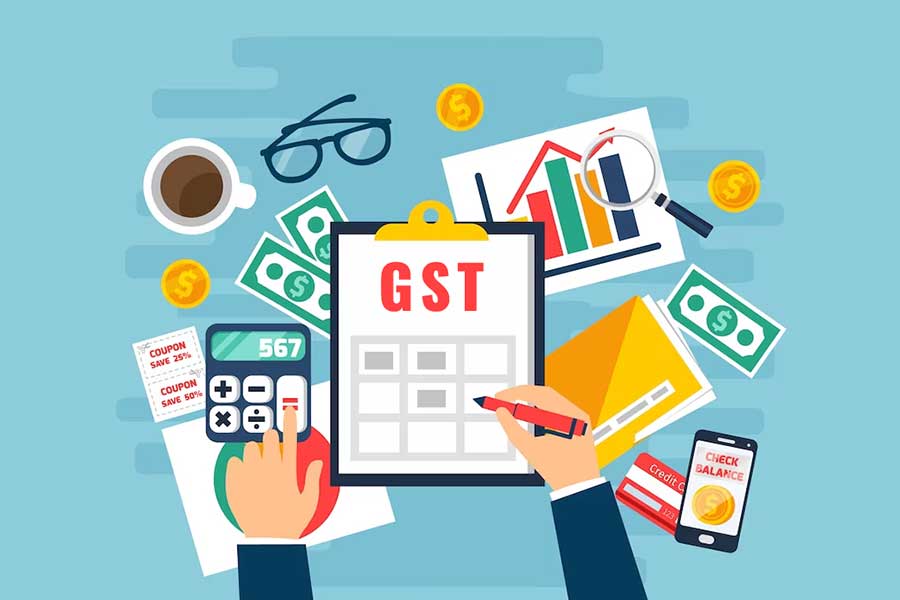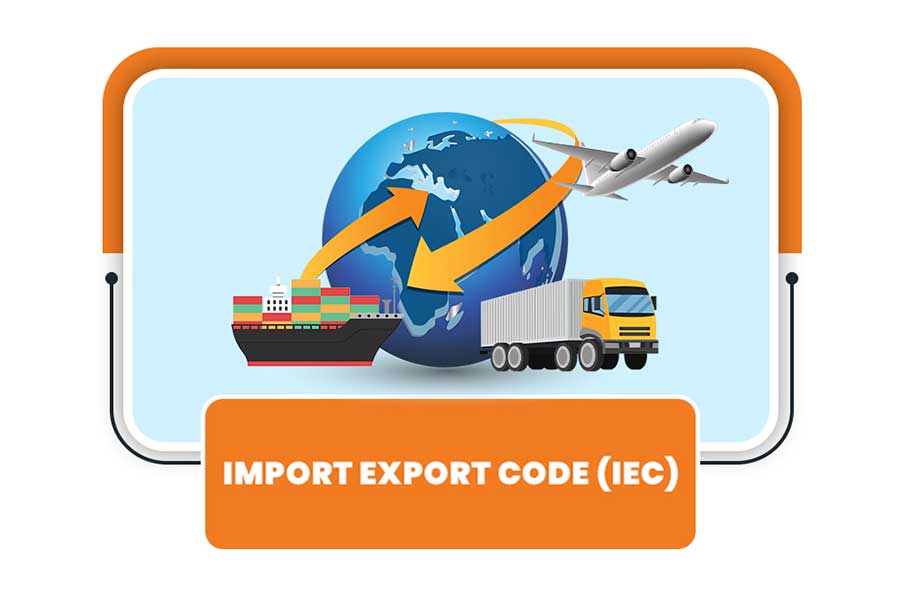
GST Registration
Introduction:
The Goods and Services Tax (GST) has revolutionized the tax system in India, streamlining multiple indirect taxes into a single comprehensive tax structure. If you are a business operating in India, registering for GST is a crucial step to comply with the law and enjoy the benefits it offers. In this blog, we will discuss five key points about GST registration in India to help you navigate the process smoothly.
Threshold for GST Registration:
The GST registration threshold varies based on the nature of your business. For most states in India, businesses with an annual turnover exceeding INR 40 lakhs (approximately USD 55,000) are required to register for GST. However, this threshold is lower for certain special category states and specific types of businesses. It’s essential to check the threshold applicable to your business to determine if registration is mandatory.
Mandatory Registration Scenarios:
While the turnover threshold is a primary criterion, there are specific scenarios where GST registration is mandatory, regardless of the turnover. These scenarios include businesses engaged in inter-state supply of goods or services, e-commerce operators, and businesses liable to pay reverse charge. If your business falls into any of these categories, GST registration is mandatory, regardless of the turnover.
Voluntary Registration:
Even if your business doesn’t meet the mandatory registration criteria, you have the option to register for GST voluntarily. Voluntary registration can provide various advantages, such as availing input tax credits, expanding your customer base, and complying with the requirements of larger corporations. Voluntarily registered businesses must follow the same compliance obligations as mandatory registrants.
Registration Process:
The GST registration process in India is primarily conducted online through the Goods and Services Tax Network (GSTN) portal. To initiate the registration, you need to provide details such as PAN (Permanent Account Number), Aadhaar number, bank account information, business documents, and authorized signatory details. The application is then verified by the concerned tax authorities, and once approved, a GSTIN (GST Identification Number) is issued.
Compliance and Input Tax Credit:
After obtaining the GST registration, businesses are required to file regular GST returns, which involve reporting their sales, purchases, and tax liabilities. One of the significant benefits of GST registration is the ability to claim input tax credit, wherein businesses can offset the tax paid on inputs against the tax collected on outputs. Proper record-keeping and timely compliance with filing returns are crucial to avail and maintain input tax credit.


